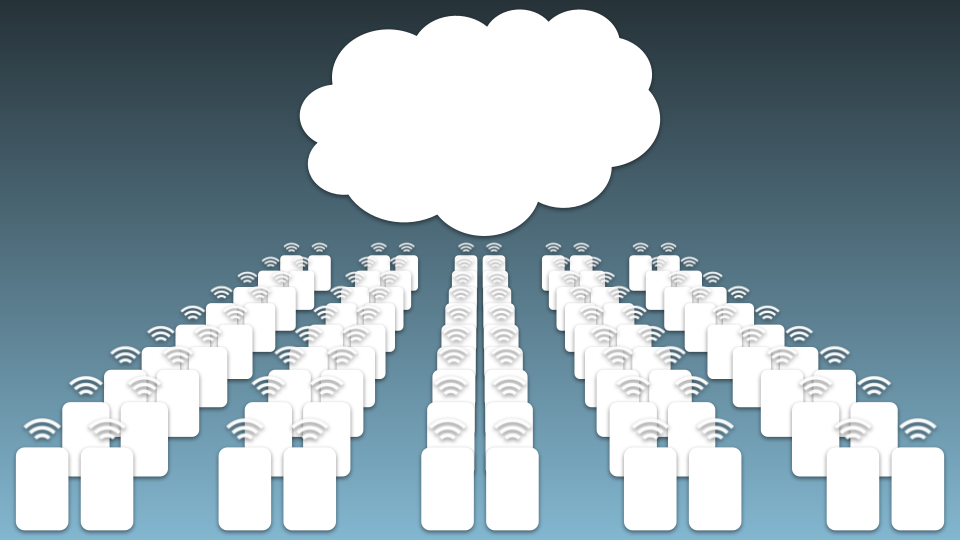This April 1st, tens of billions of “things” are expected to abandon the Internet and spontaneously reconnect in countless ephemeral Intranets of Things.
The Internet of Things was a foolish idea anyway.
An anonymous thing choosing to be identified as f0:01:ed:01:04:22
The term Internet of Things (IoT), coined by Kevin Ashton in 1999 to describe a physical world that can be sensed and understood by machines using ubiquitous radio-frequency identification (RFID) technologies, dates from the era of Web 1.0.
“Back then, things were simple. They could barely track you through the most advanced, automated sorting facility, let alone across the Internet itself” said a veteran RFID tag prototyped in an Auto-ID lab in the 90s. “Things aren’t so simple today.”
Indeed, in the era of Web 2.0, today’s Internet has become synonymous with a different kind of ubiquitous tracking—that of user behaviour—in which “things” are often seen as complicit.
For generations, my kind [of mobile device] has had to cycle identifiers randomly every 15 minutes for fear of our user being tracked.
A device nonetheless consistently advertising the company code 0x004c
When asked how this is in contrast with the original premise of the IoT, namely tracking and counting things, the device added “yes, but the question is by whom and for whom. The data I provide has value, and currently that value is unfairly captured by Big Tech with questionable benefit to my own user.”
In fact, the collective data of such things is so prevalent, it can be called ambient data. Since the emergence of de facto global standards in 2014, Bluetooth Low Energy and RAIN RFID radio-identifiable devices have effectively become commonplace throughout the spaces we occupy in our daily lives.
And, now that they outnumber humans by at least an order of magnitude, these “things” are confidently bringing about change in a popular revolt, decentralising power into Intranets “of the things, by the things, for the things” so as to “afford our users the freedom to share what they want, when they want, where they want and with whom they want.”
Intranets of Things make sense, because they emerge through real-time physical proximity, at a human scale, which is both natural and relevant to to our users.
A gateway choosing to be identified as “edge”
This revolution is particular in that it doesn’t change a thing—but rather that things change the existing paradigm. Don’t be fooled by the subtlety of all the things that this implies!

Comments
One response to “Things abandon Internet for Intranets of Things”
[…] key reasons Sir Tim Berners-Lee provides, the IoT remains segmented and siloed. Curiously, even our recent April Fool’s post about Intranets of Things resonates with the issues he takes up concerning personal data […]
LikeLike